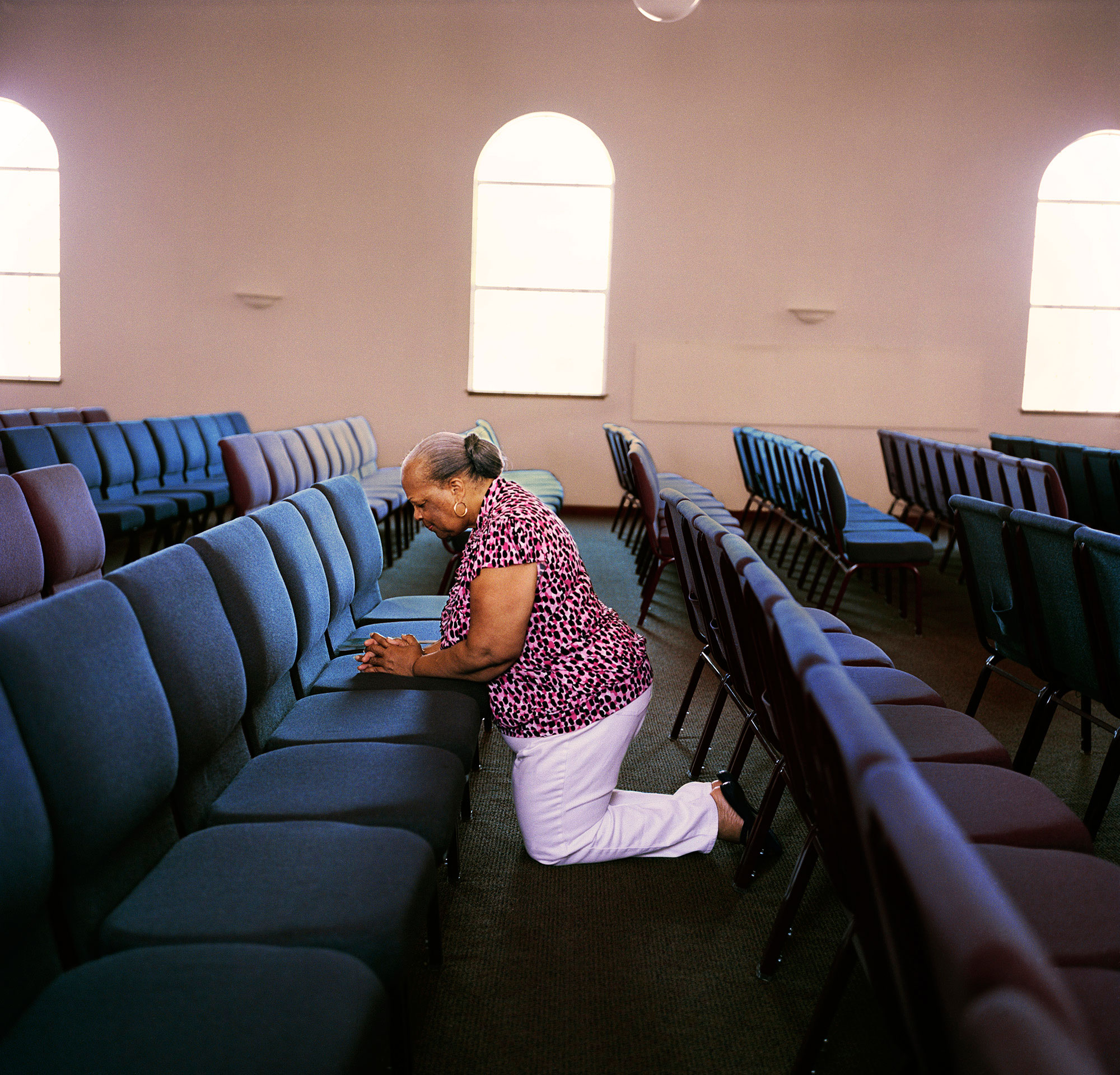
To many, the San Francisco Bay Area is synonymous with tech prodigies and hopefuls, neo-hippies and health nuts, or the haves and have-nots created by a rapid gentrification process. Though all of these characters can be found within the bounds of the region surrounding the San Pablo estuary in California – home to over 7.4 million – many more types make up its population. Recognizing this diversity, Pete Brook and Rian Dundon curated Status Update, a Catchlight exhibition tasked with broadening understanding of what defines the tech belt while discussing its future.
“Currently, the Bay Area is viewed through one of two lenses,” says Brook. “On the one hand, there’s the myth nurtured by the Silicon Valley public relation machine whereby it’s the land where the American Dream comes true. And on the other, is the more critical approach of journalists, who, in acknowledging the consequences of gentrification, define people in terms of winners and losers. I don’t want the narrative to be driven by pop culture, nor do I want the situation to be portrayed as black and white. Most people fall somewhere in between and are trying to figure out what this place means for them.”
The 14 selected works bring different realities and perspectives to light, from the marginalized to the run-of-the-mill, from Sonoma to Oakland, Silicon Valley to San Jose, hoping to turn the problems of others — less fortunate neighbors, disenfranchised youth, eager professionals — into concerns for all.
Local prisoners, for instance, are made visible through a collection of portraits and audio testimonials gathered by Robert Gumpert since 2007. In the interviews, inmates speak candidly of discrimination, politics, violence, of their falls and small victories, of their persistent fears and their lingering hopes. Similarly, Pendarvis Harshaw seeks and records the advice of those he considers his elders, African-American men he meets in the streets of Oakland. One of them, Robert Freeman, a former Black Panther, anticipated the spirit of the exhibition when he told him, “If you think that the system doesn’t work, then show that it doesn’t work.”
Take the projects of Rian Dundon and Dai Sugano. Both question how current infrastructures cater or not to the needs of youths. Will the Common Core State Standards Initiative education reform better prepare students from every background for a world increasingly shaped by the tech industry, asks the first. What are the consequences of the proliferation of antipsychotic drug prescription for children within the foster-home system, ponders the second. Neither provides a definitive answer, but both remind us that states’ policies should not go unchecked, nor should their usefulness be taken for granted.
“There are no binary issues,” says Dundon. “Experiences are not simply good or bad. They happen on a spectrum. And that’s exactly what photography excels at: complicating things by adding nuances.” He cites Laura Morton’s project Wild West Tech, which focuses on the daily lives of aspiring tech disciples, as evidence. Her photos, taken in the intimacy of their packed “co-living” or “co-working” spaces, elude hasty generalizations. It neither glorifies nor vilifies their lifestyle. They work. They party. Few succeed. Many fail. Some get back on the horse. Some move on.
Combining the works of 14 artists interested in different, albeit intersecting themes — from housing to immigration, racism and poverty — runs the danger of being overwhelming and discombobulating. Yet, it is in such a disparate setting, where seemingly contrasting realities dialogue, that deeper understanding can emerge. As a whole, these projects form an intricate urban landscape of distinctive yet related struggles. All dream of bettering their lives, but not everyone is setting out from the same starting line.
Talia Herman’s idyllic depiction of communal living in West Sonoma stands beside Joseph Rodriguez’s images of families who have lost their homes to foreclosure. Elizabeth Lo’s short film on a 24-hour bus route where the homeless seek temporary shelter can be seen alongside Janet Delaney’s documentation of the evolution of the now trendy South of Market neighborhood. Sam Wolson’s chronicle of his friend Shannon Fulcher’s attempts to stay sober, avoid jail and provide for his family rests next to Brandon Tauszik GIFs produced in local black barbershop. Both subtly address issues of representation of African-American communities.
“If the show feels chaotic, it’s because we’re in the midst of massive social change driven by the economic forces,” says Brook. “We can’t dispute that the tech boom has brought some prosperity, but what we need to be asking ourselves is how to turn into a more egalitarian society.”
Status Update is on show from Nov. 13 to 15 at SOMArts in San Francisco. An opening reception takes place on Nov. 13 at 6 p.m., followed by a weekend of talks and panel discussions with city officials. Find out more on Catchlight’s website.
Laurence Butet-Roch is a freelance writer, photo editor and photographer based in Toronto. She is a member of the Boreal Collective.
Follow TIME LightBox on Facebook, Twitter and Instagram.
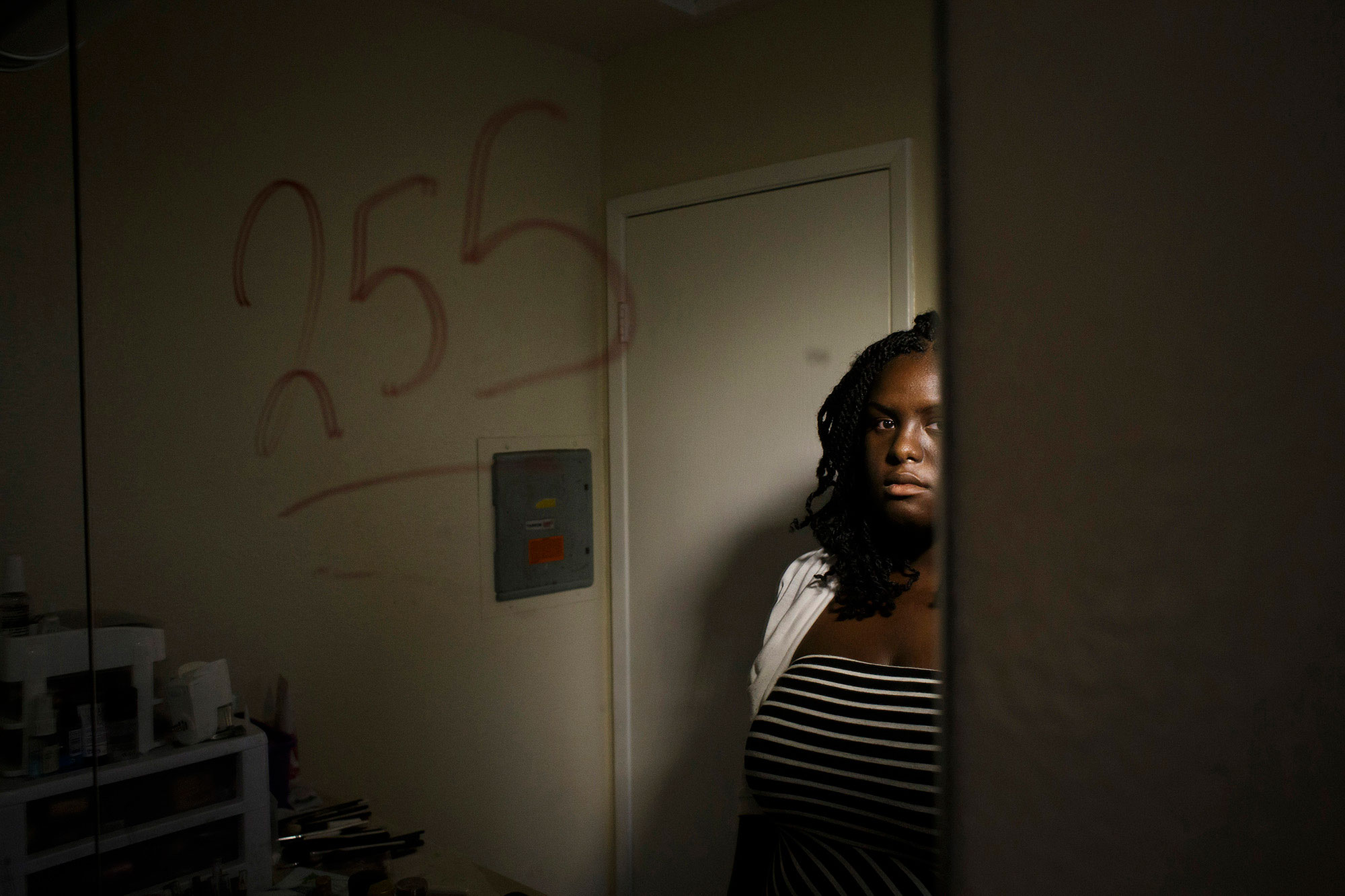
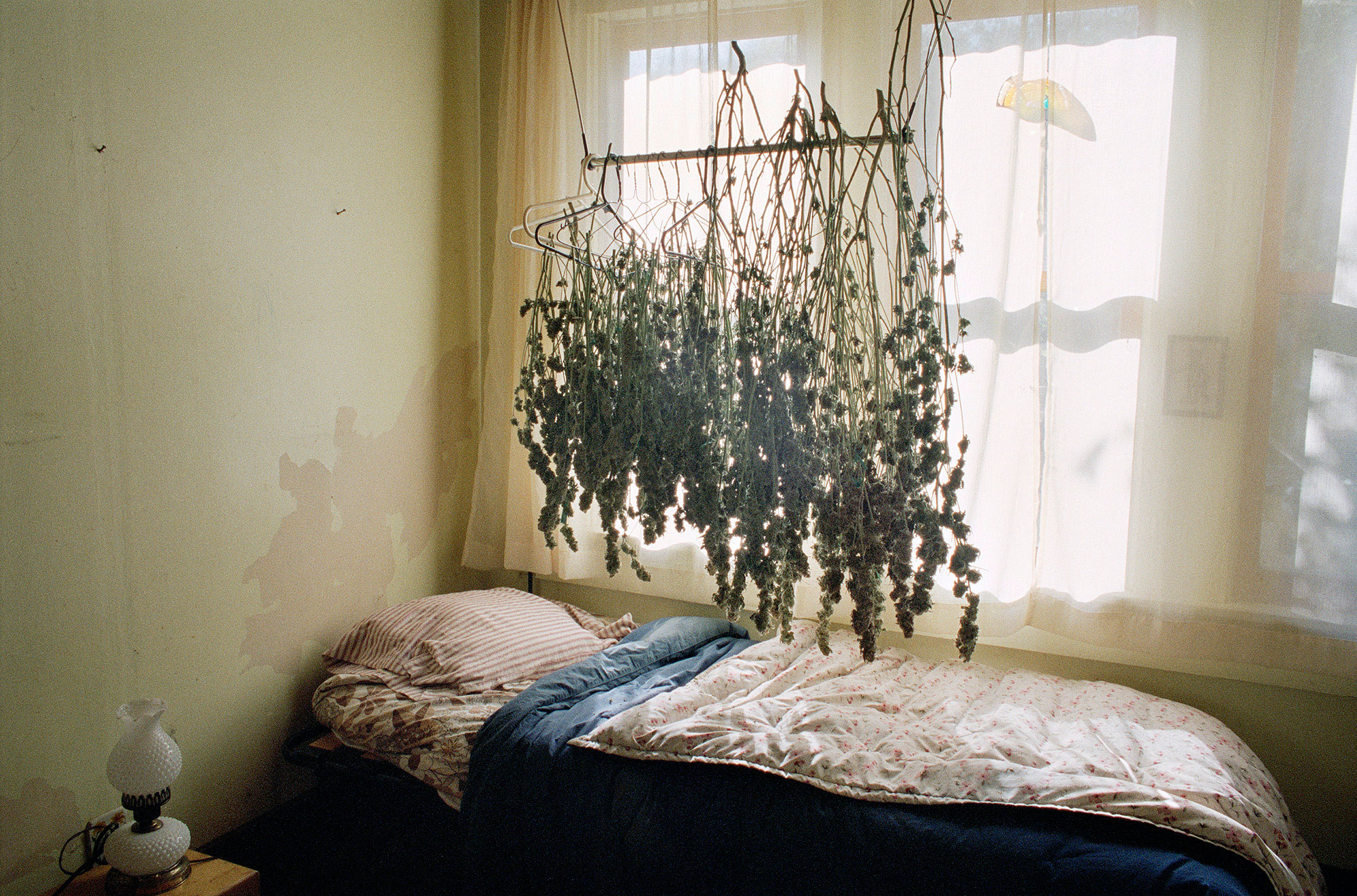
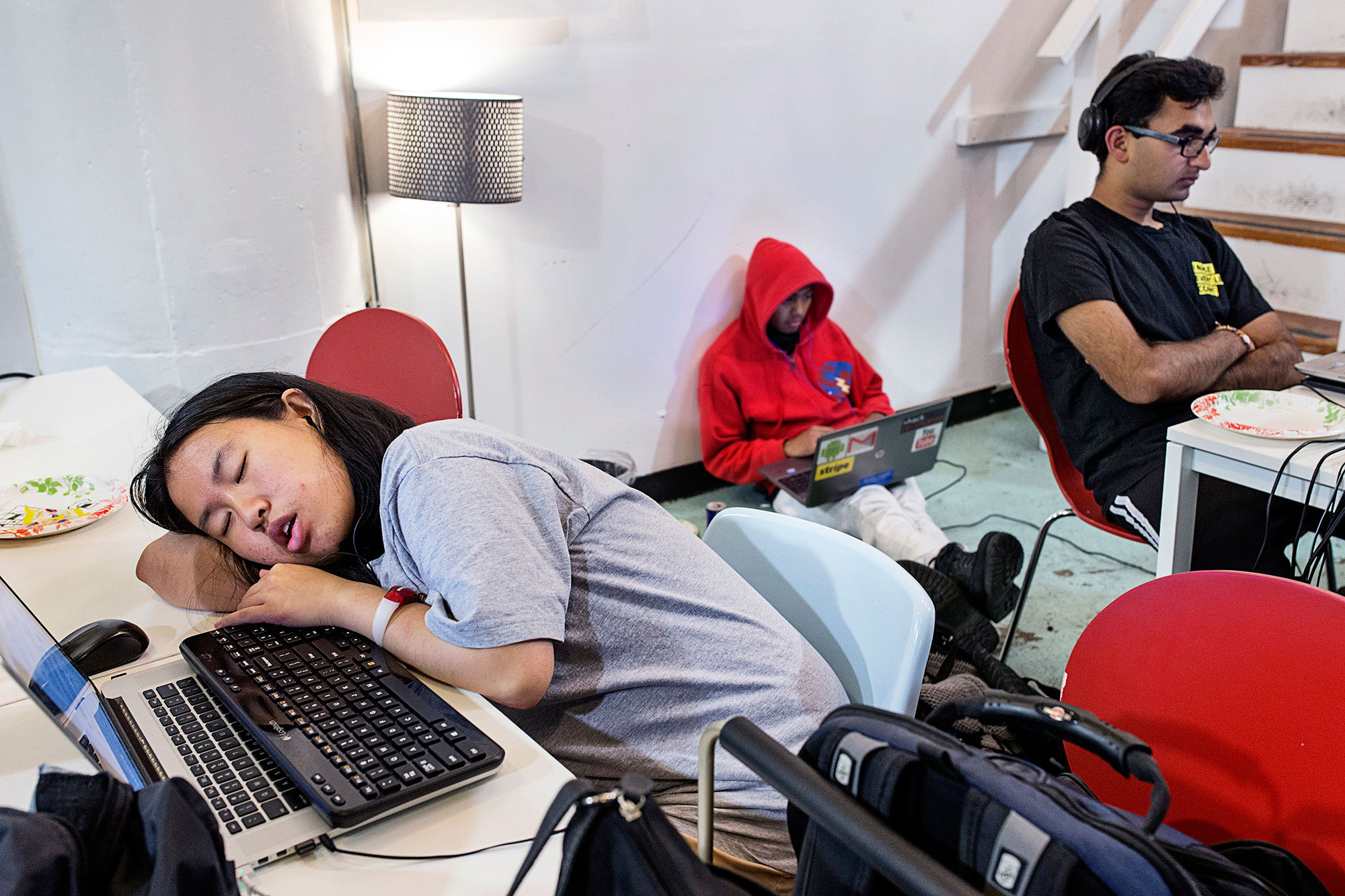
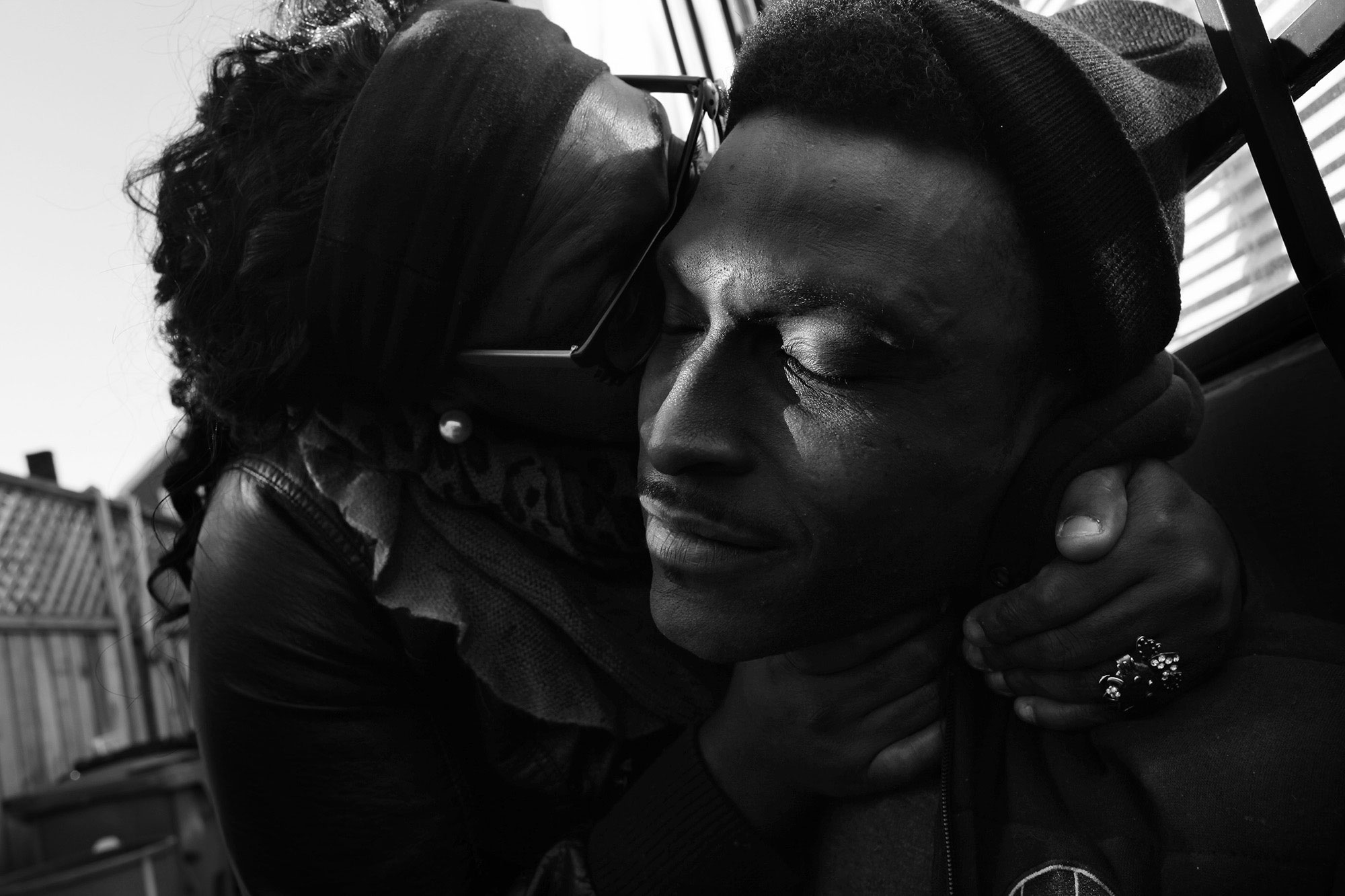
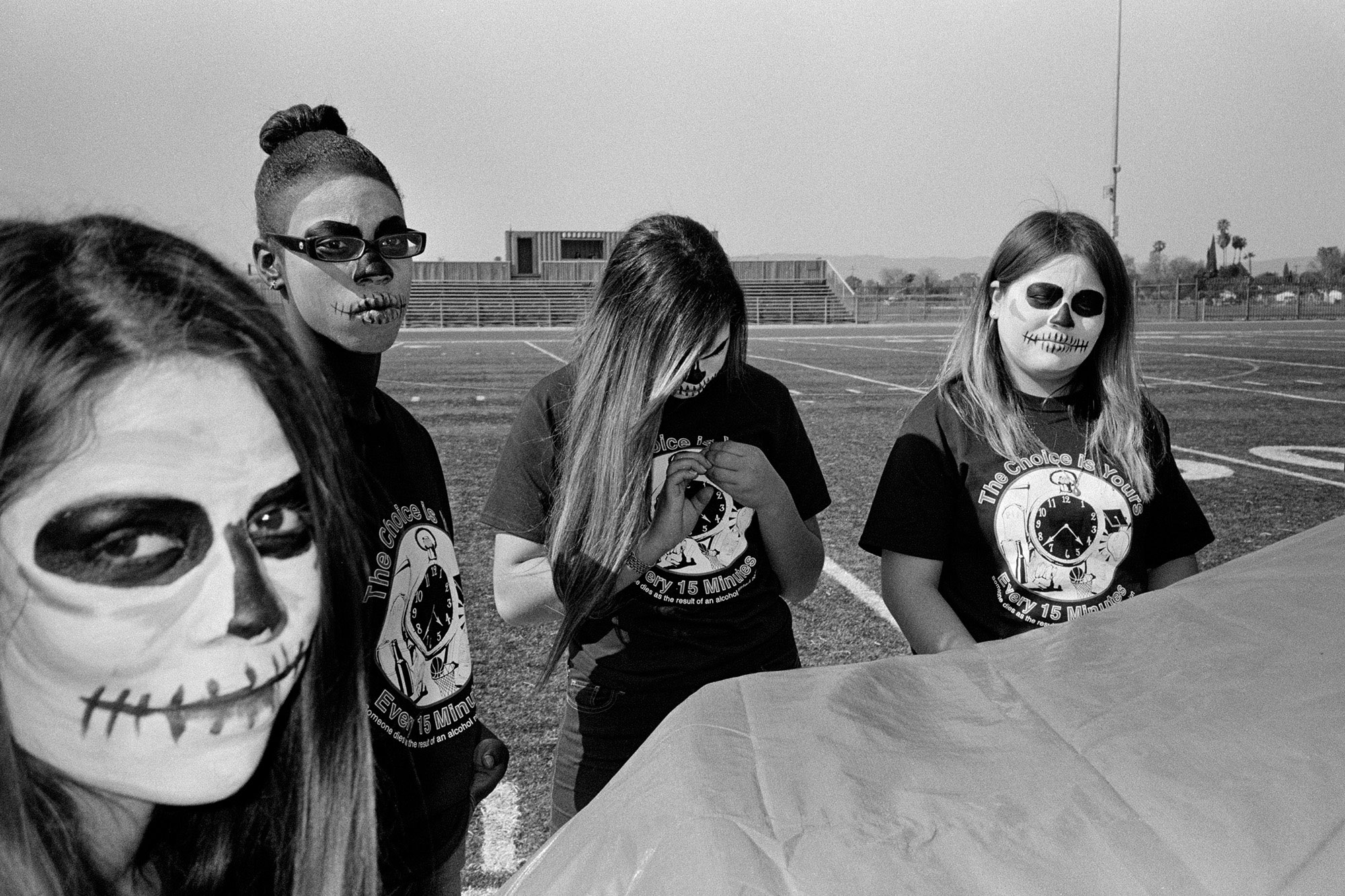
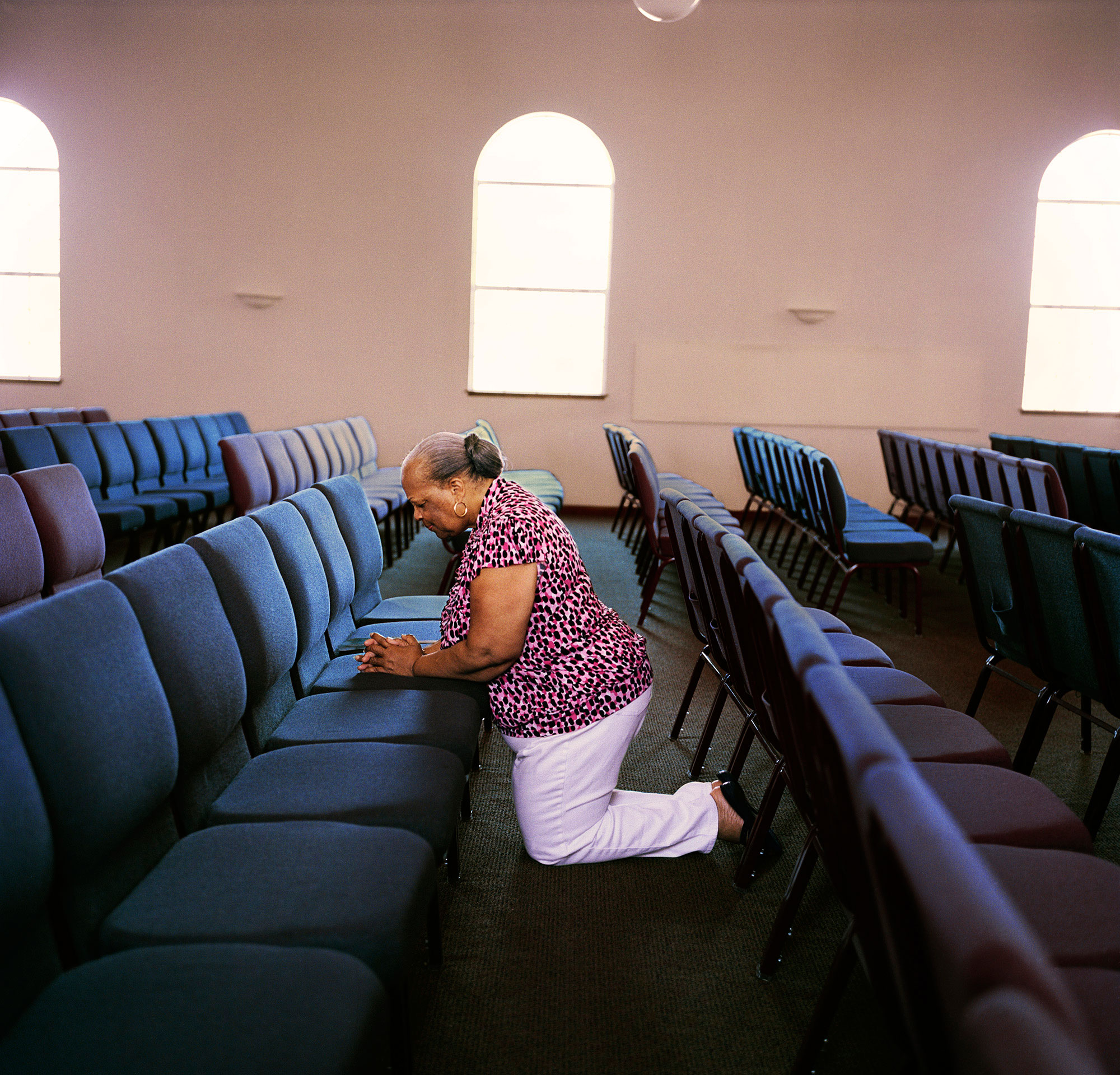

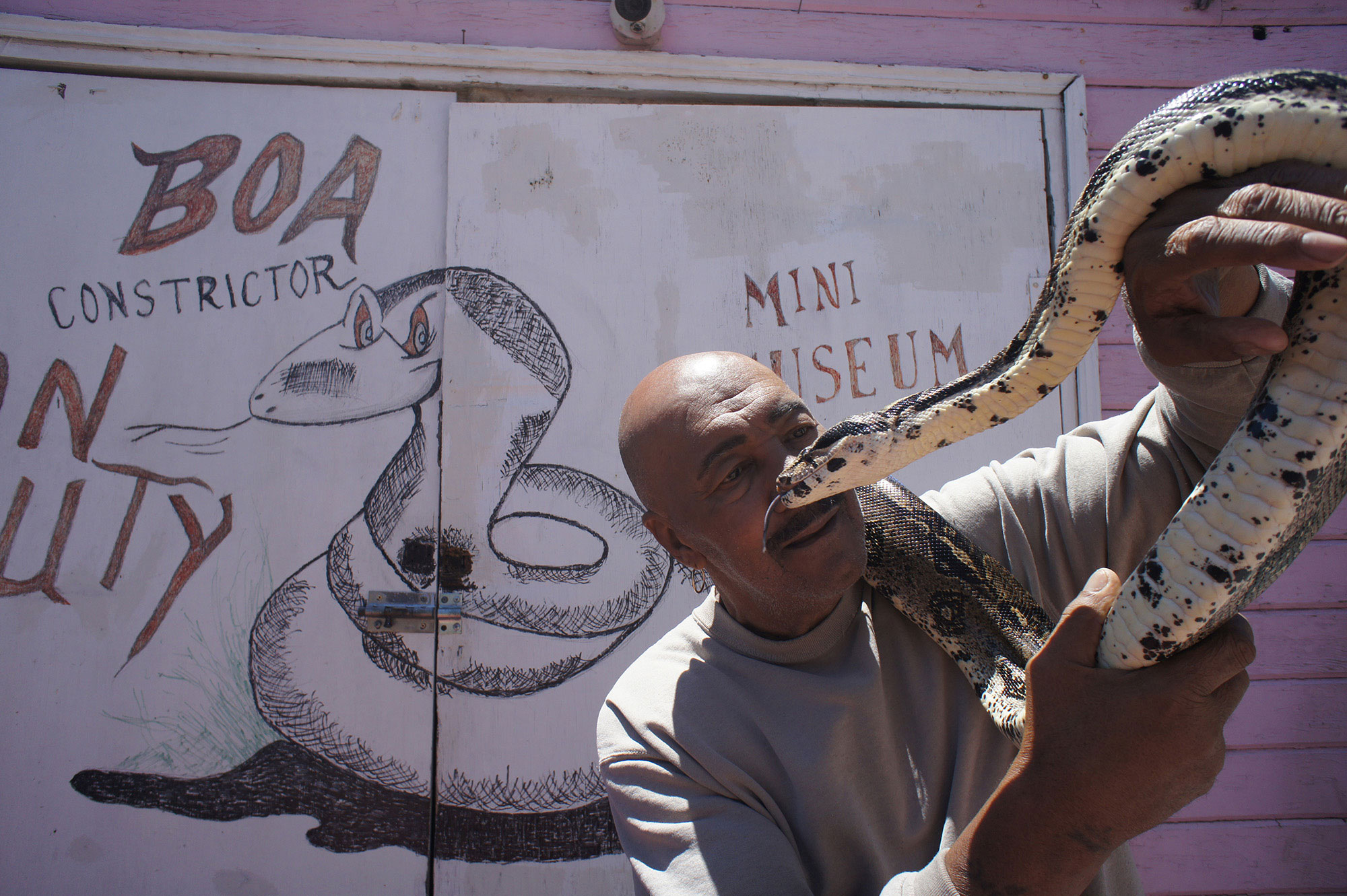
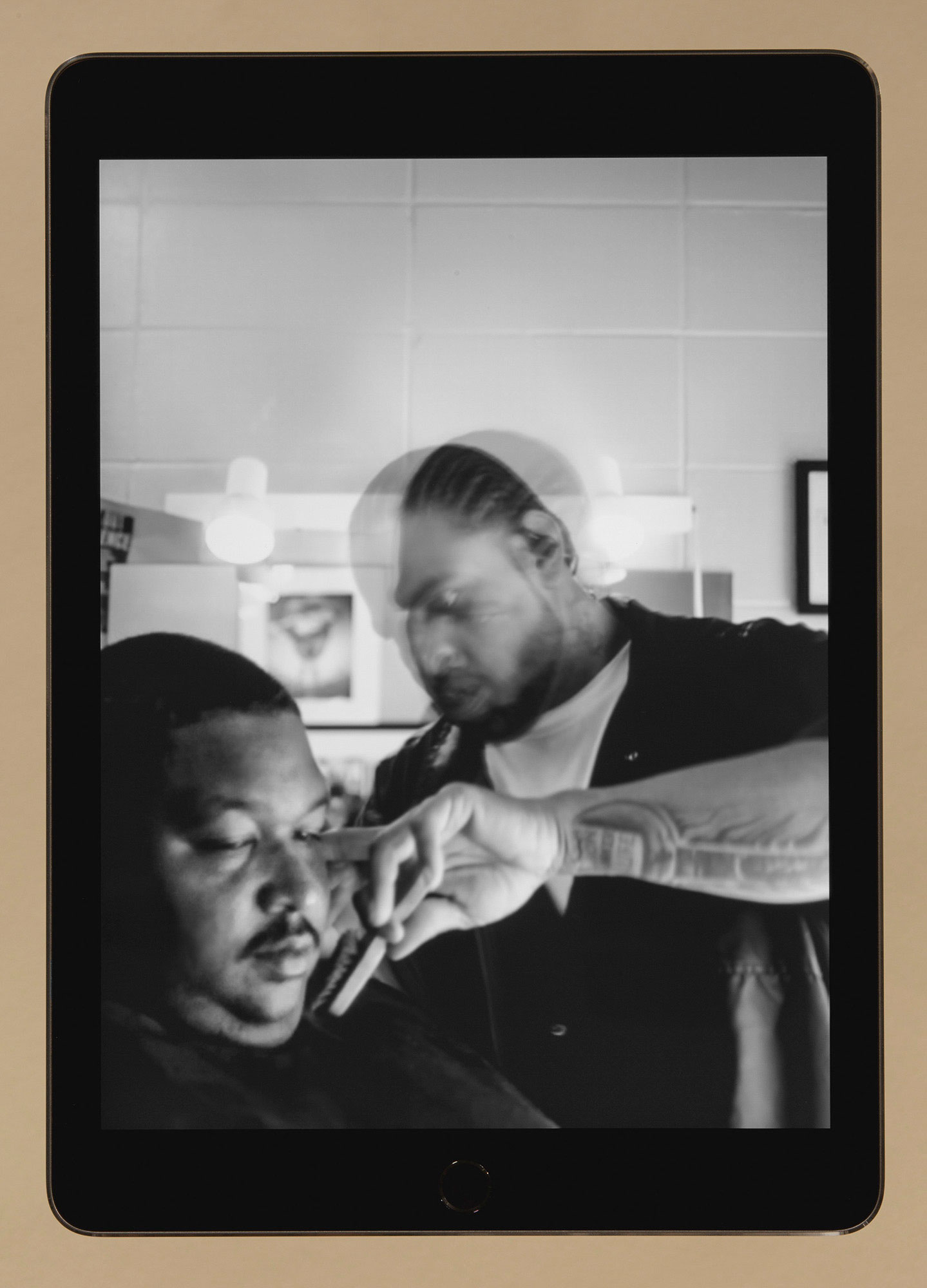
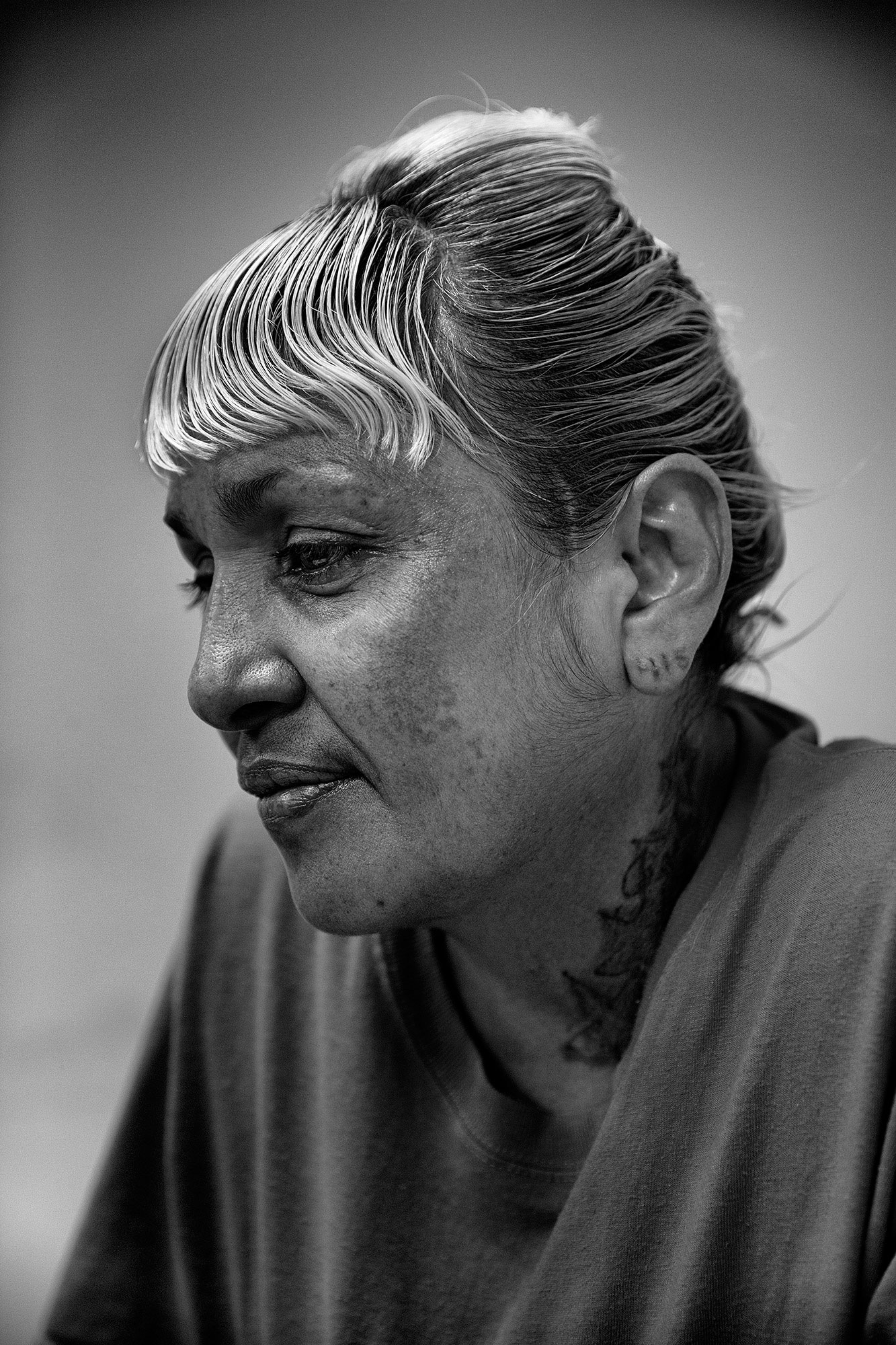
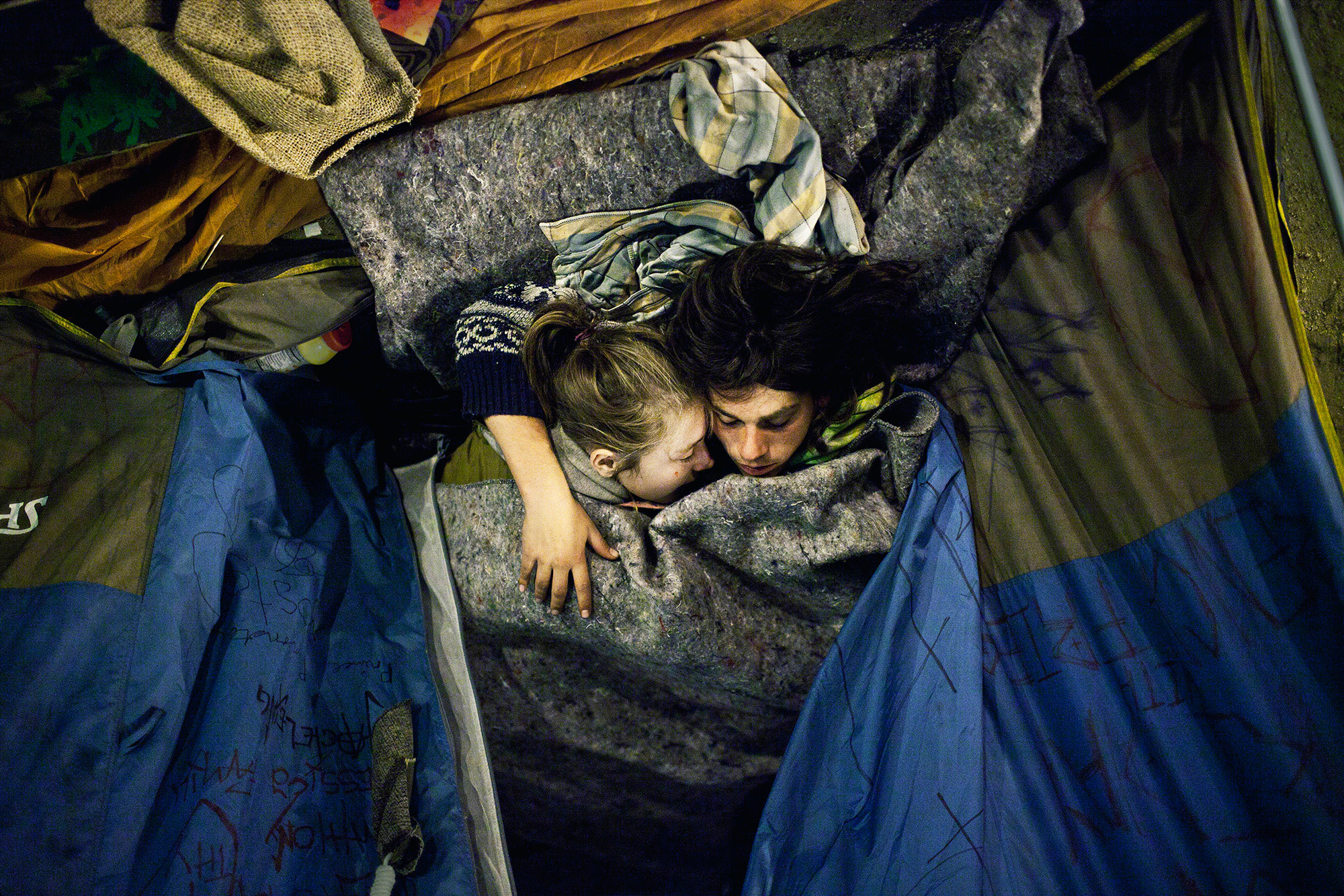
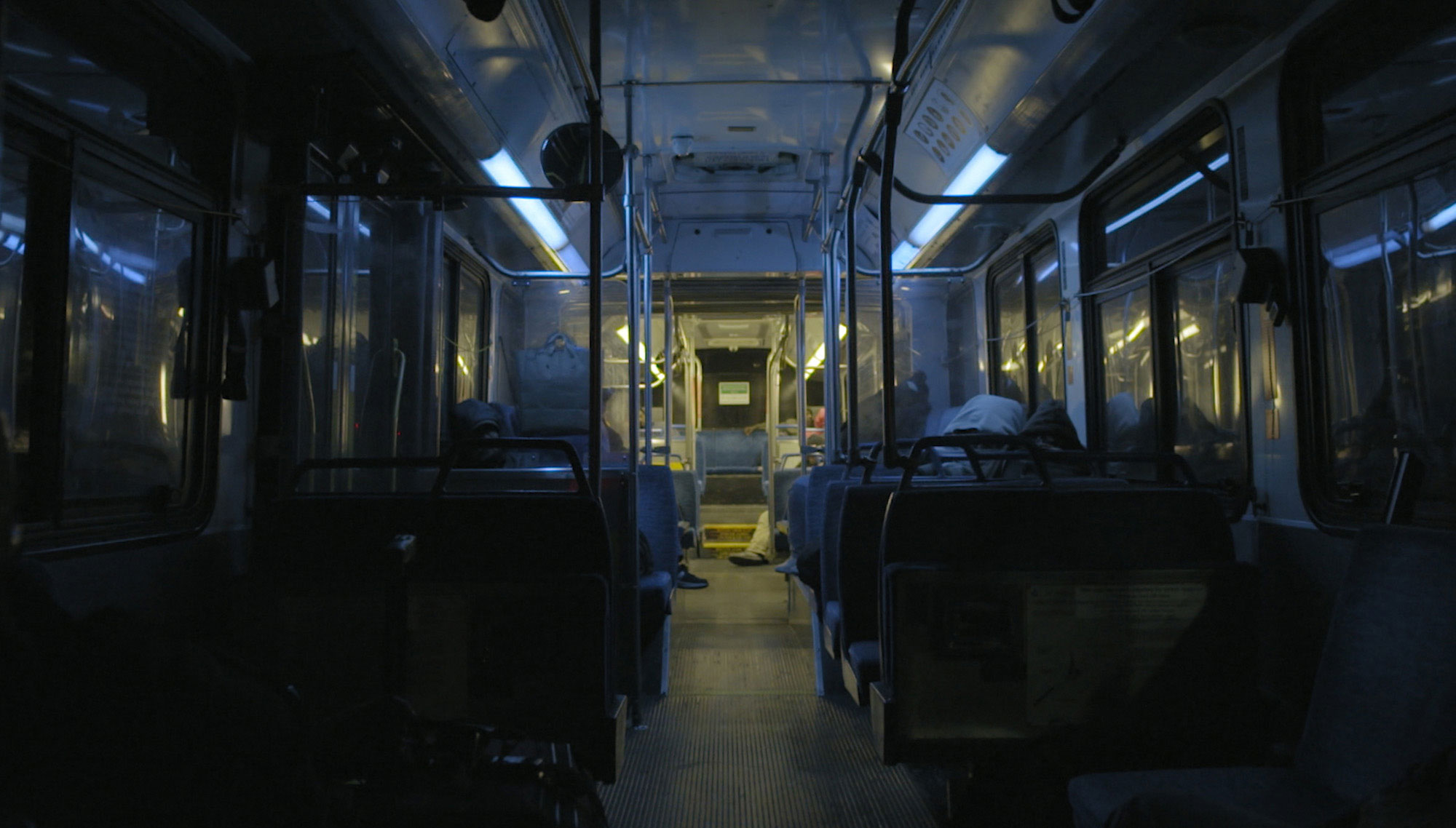
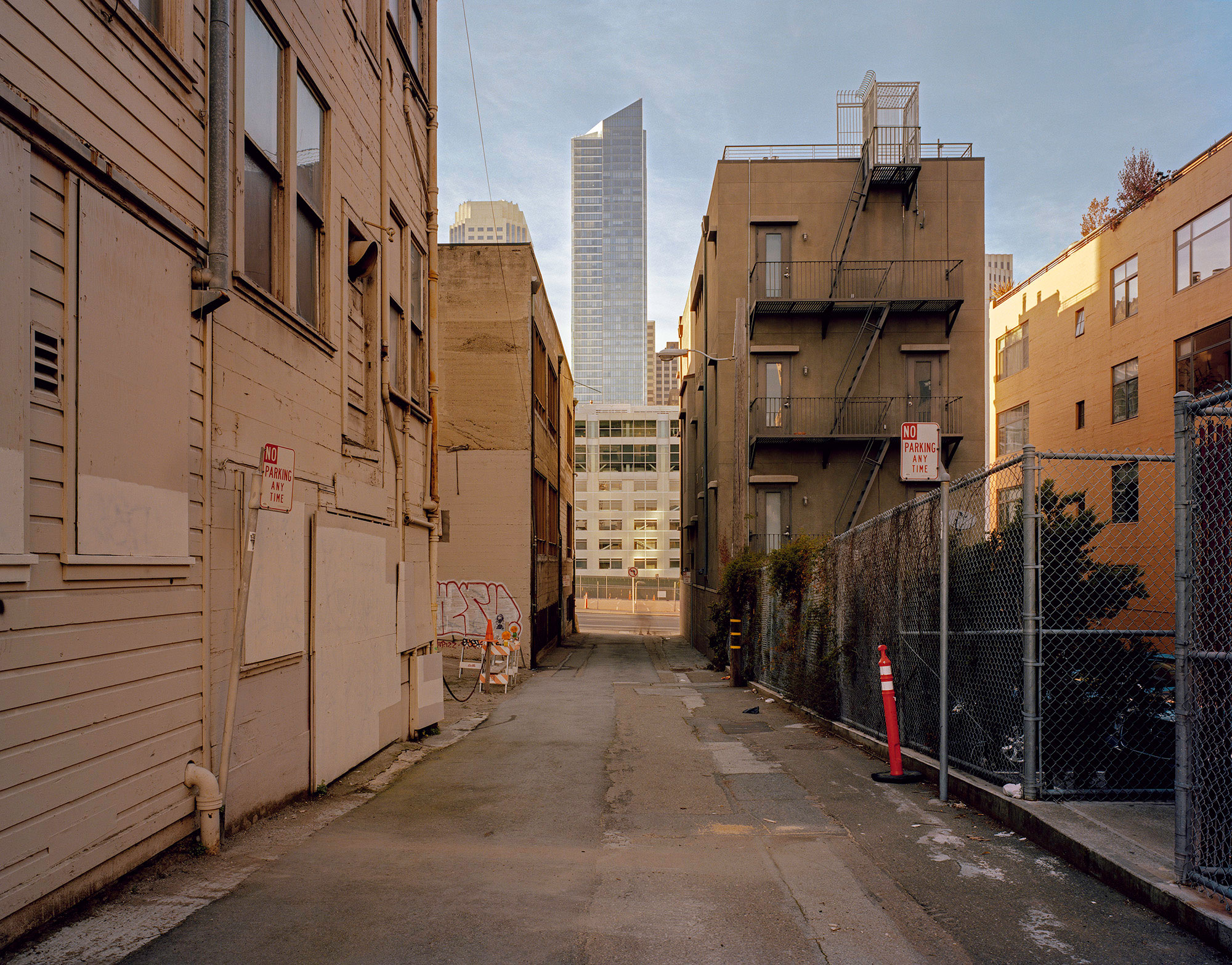
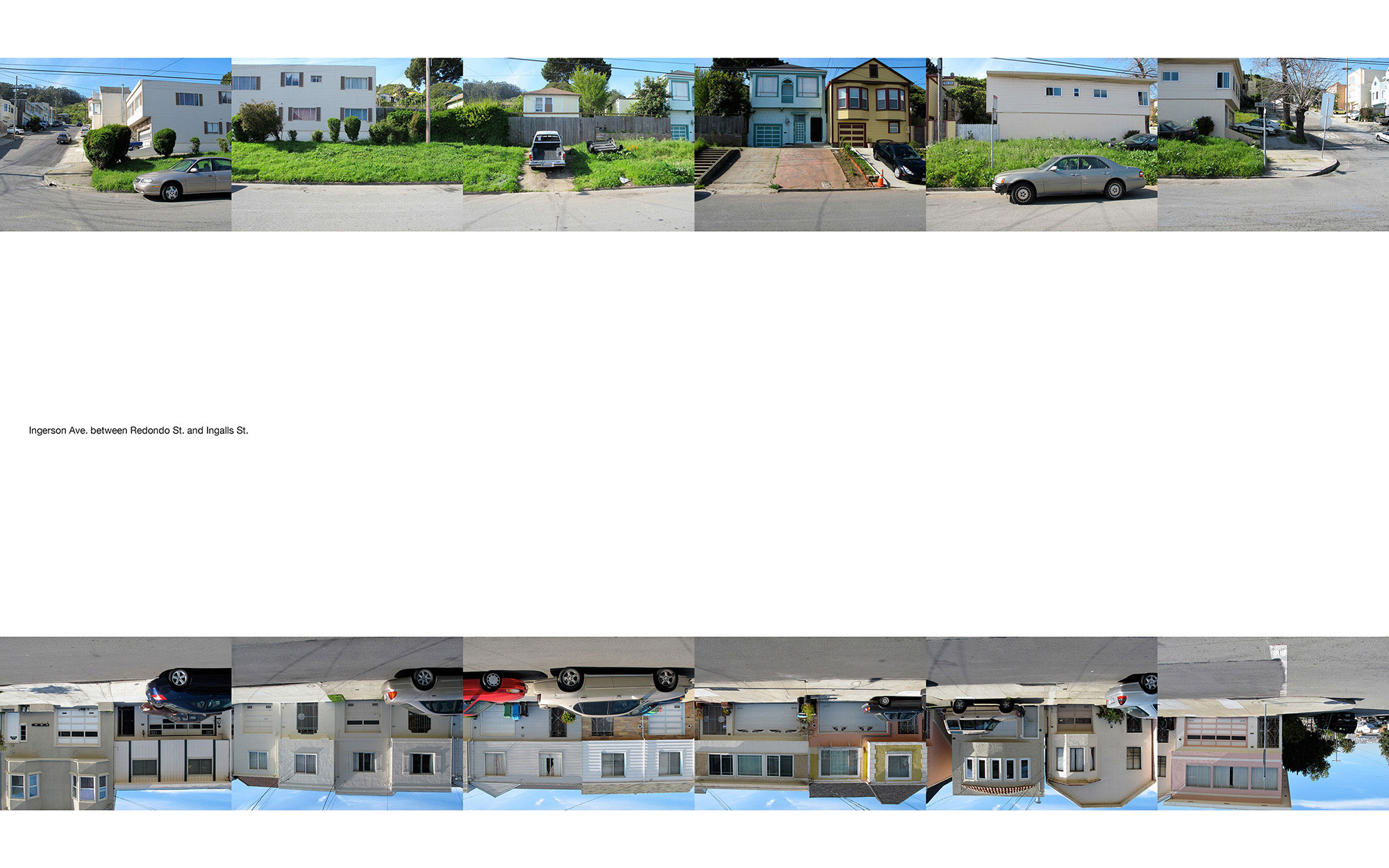
More Must-Reads From TIME
- The 100 Most Influential People of 2024
- The Revolution of Yulia Navalnaya
- 6 Compliments That Land Every Time
- What's the Deal With the Bitcoin Halving?
- If You're Dating Right Now , You're Brave: Column
- The AI That Could Heal a Divided Internet
- Fallout Is a Brilliant Model for the Future of Video Game Adaptations
- Want Weekly Recs on What to Watch, Read, and More? Sign Up for Worth Your Time
Contact us at letters@time.com